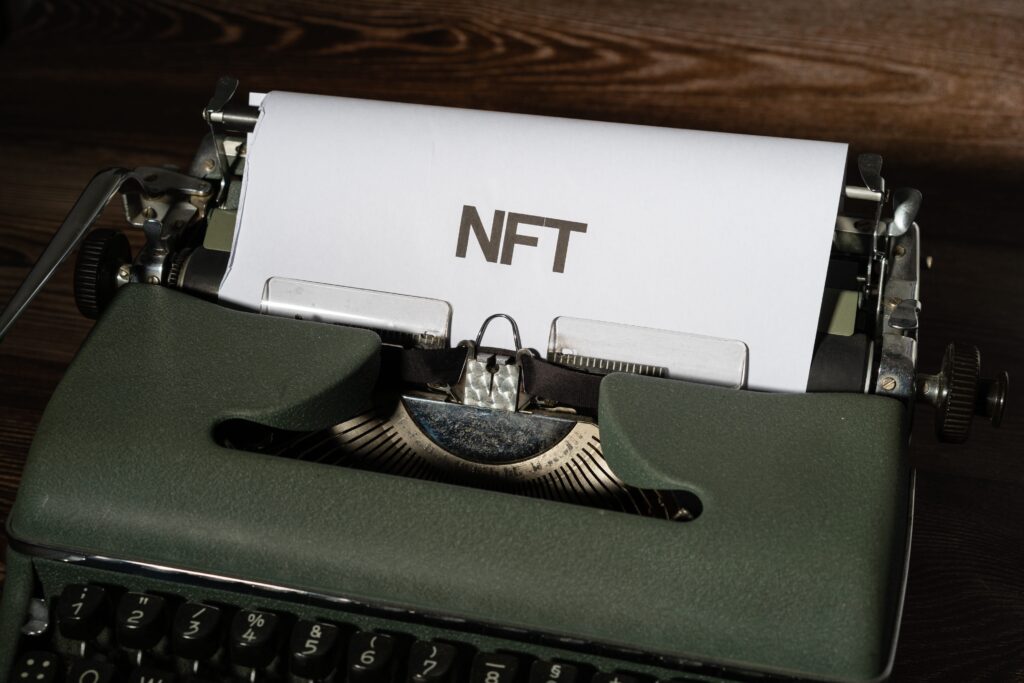Understanding NFT Royalties
NFTs, or non-fungible tokens, have revolutionized the way we think about digital ownership and authenticity. One key aspect of NFTs is the concept of royalties, which allows creators to continue to earn a percentage of the sale price each time their NFT is resold. In this article, we will delve into the ins and outs of NFT royalties and how they work.

What is an NFT Royalty?
When an NFT is created, the creator can choose to include a royalty percentage in the smart contract. This percentage is then automatically deducted from the sale price of the NFT each time it is resold, and paid to the creator. The royalty percentage can be set to a fixed amount, or it can be based on a percentage of the sale price.
There are a few different ways that NFT royalties can be structured. Some creators choose to include a percentage for themselves, and a percentage for the original creator of the content that the NFT represents. For example, if an artist creates an NFT for a piece of digital art that they created, they may choose to include a percentage for themselves as the creator of the NFT, and a percentage for the original artist whose work they used as the basis for the NFT.
Other creators choose to include a percentage for themselves and a percentage for a charitable cause. This allows creators to use their NFTs as a way to give back and support causes they care about.
Overall, NFT royalties provide a way for creators to continue to earn revenue from their NFTs even after the initial sale, and can potentially provide a steady stream of income. It’s important for creators to carefully consider how they want to structure their royalties and to make sure that the percentage is fair and aligns with their goals.

How do they work?
NFT royalties are a way for creators to continue earning income from their digital assets even after the initial sale. These royalties are a percentage of the sale price that is paid to the creator each time the NFT is resold. In some cases, royalties may be shared with other parties who contributed to the creation of the NFT, such as a collaborator or someone who provided the music or other content. NFT royalties provide creators with a steady stream of income and allow them to continue benefiting from their work long after the initial sale.

Who gets paid NFT Royalties?
There are a few different ways that NFT royalties can be paid. One common method is through smart contracts, which are self-executing contracts that automatically distribute the royalties to the appropriate parties according to the terms agreed upon. Another method is through a royalty collection platform, which tracks the sales of NFTs and ensures that the royalties are paid to the creators.
It’s important to note that not all NFTs include royalties, and whether or not an NFT includes royalties is up to the creator. Some creators may choose to include royalties in order to provide a long-term revenue stream, while others may opt to sell their NFTs as one-time purchases.
If you’re considering creating an NFT, it’s worth considering whether or not you want to include royalties in the terms of the sale. This can be a great way to ensure that you continue to earn revenue from your NFTs even after the initial sale, but it’s important to carefully consider the potential impact on the value and attractiveness of your NFTs.

What Factors Affect NFT Royalty Rates?
In general, NFT royalty rates tend to be higher for NFTs that are expected to appreciate in value over time or that have a high level of demand. For example, an NFT created by a well-known artist or one that is part of a limited edition series may command a higher royalty rate than an NFT created by a lesser-known artist or one that is part of a larger edition.
It’s important to note that not all NFTs have royalty provisions built into them, so if you are interested in earning ongoing royalties from your NFT sales, it’s important to negotiate a royalty rate before making the sale. Some NFT platforms, such as OpenSea, offer tools that allow creators to easily set up royalty payments for their NFTs.
Overall, NFT royalties can be a lucrative way for creators to earn ongoing revenue from their NFT sales and can be a key factor in the success of an NFT. By negotiating a fair and reasonable royalty rate, creators can ensure that they are fairly compensated for their work and continue to benefit from the sale of their NFTs over time.

Are NFT Royalties Taxable?
There are a few different ways that NFT royalties can be paid. One common method is through the use of smart contracts, which are self-executing contracts with the terms of the agreement written into lines of code. When an NFT is resold, the smart contract can automatically trigger the payment of the royalty to the creator. Alternatively, NFT royalties may be paid manually through a traditional payment method, such as a bank transfer or PayPal. It is important for creators to consider the payment method that they are comfortable with and that works best for their needs.

Conclusion
The Royalty a percentage of the sale price that is paid to the NFT creator each time the NFT is resold. These royalties may be shared with other contributors to the NFT, such as musicians or other artists. The royalty rate is typically negotiated between the creator and the buyer, and can vary based on the NFT’s popularity, the parties’ bargaining power, and the smart contract terms. NFT royalties, like any other income, may be subject to taxation depending on the jurisdiction and circumstances of the transaction. It’s important for NFT creators to understand the tax implications of their royalties and seek professional advice as needed.

